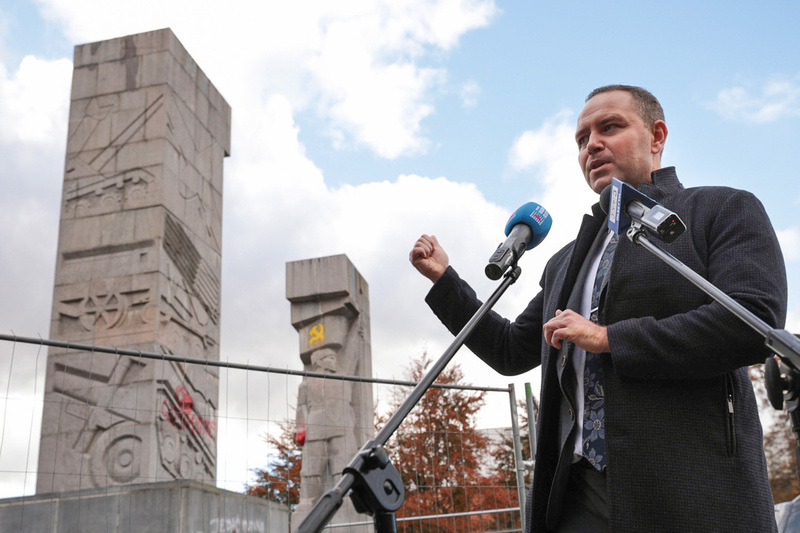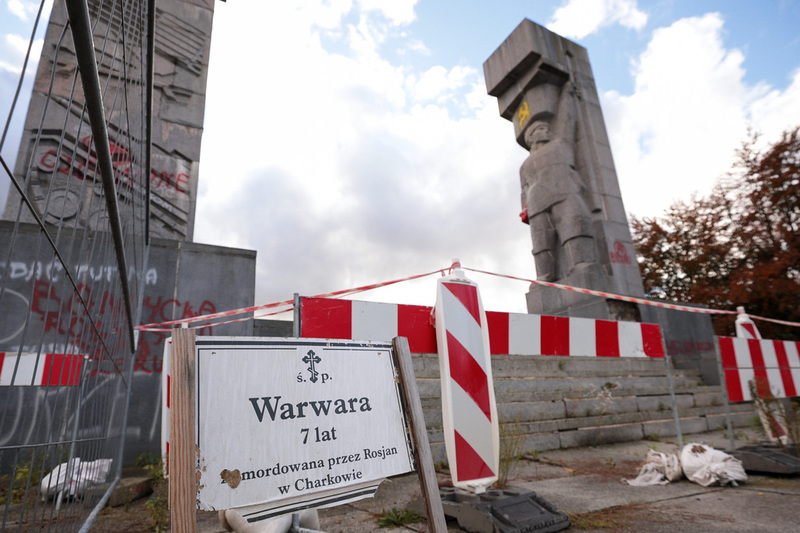The memorial stands in downtown Olsztyn. It was designed by Xawery Dunikowski and approved by the then Olsztyn governor Mieczyslaw Moczar. The monument depicted the silhouette of a soldier of the World War II, a hammer and sickle, and scenes from the life of a worker. The monument was unveiled in 1954.
In the early 1990s, its official name was changed to the Monument to the Liberation of Warmia and Mazury. On 19 May 1993, the monument was registered on the Olsztyn province list of monuments. In March 2022, the Deputy Prime Minister and the Minister of Culture and National Heritage Prof. Piotr Glinski recommended that Olsztyn authorities applied for permission to dismantle and relocate the monument in Olsztyn.
The IPN President Karol Nawrocki, Ph.D., has recently issued a statement on the urgent need to decommunize public space in Poland. He has appealed to local governments to remove all names and symbols commemorating people, organizations, events or dates symbolizing communism. However, the Mayor of Olsztyn did not agree to get rid of the monument although the Deputy Prime Minister Prof. Piotr Glinski has repeatedly and publicly appealed to immediately remove the monument from public space. Finally, on 7 October 2022, Olsztyn Mayor Piotr Grzymowicz issued a statement that symbols of communism, i.e. hammer and sickle, "should be urgently removed from the monument."
The IPN has always expressed an opinion that the monument of gratitude to the Red Army, the so-called Olsztyn "gallows," being part of the Sovietization of Poland and Poles, should not function in public space in independent Poland. The IPN pointed out that the presence of a communist monument in the city center, located near the Home Army Monument, is a travesty.

